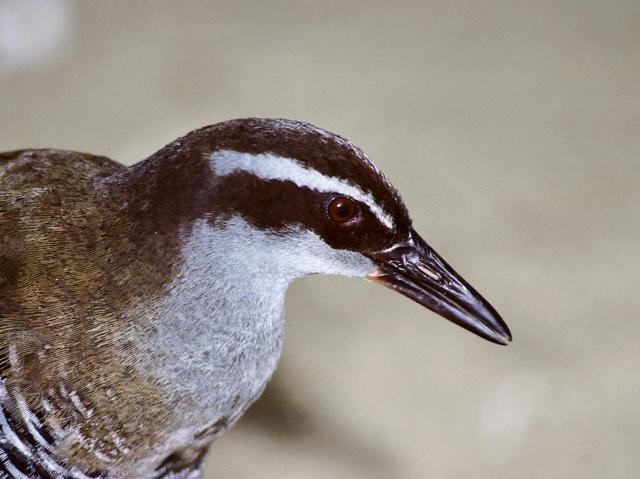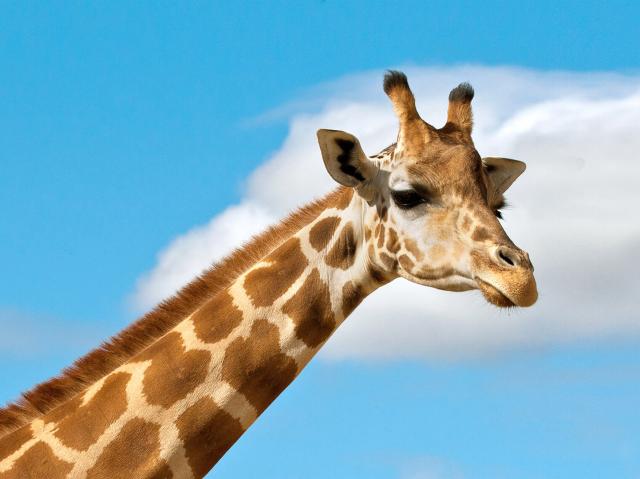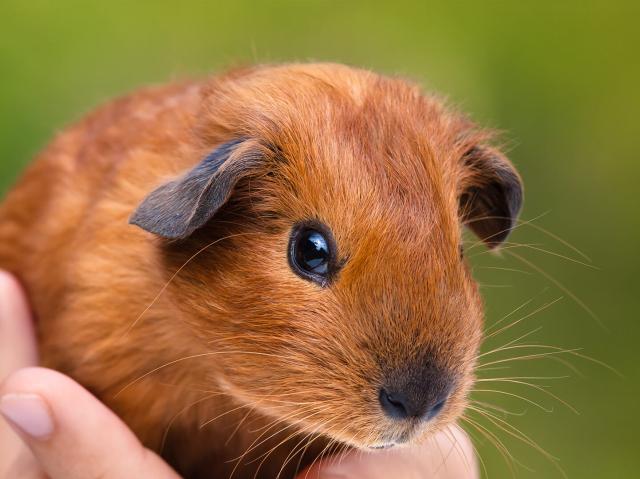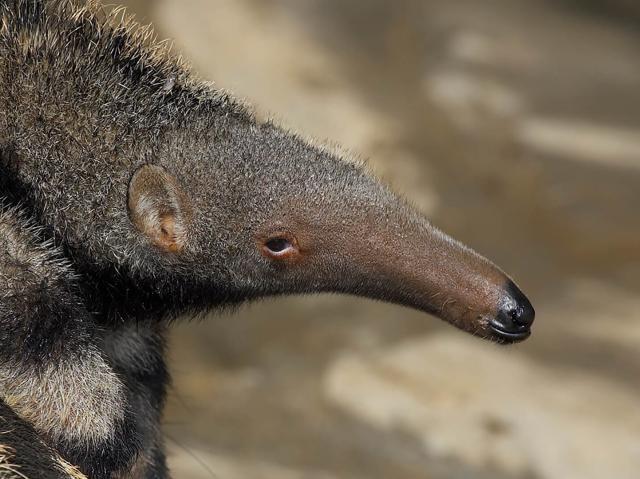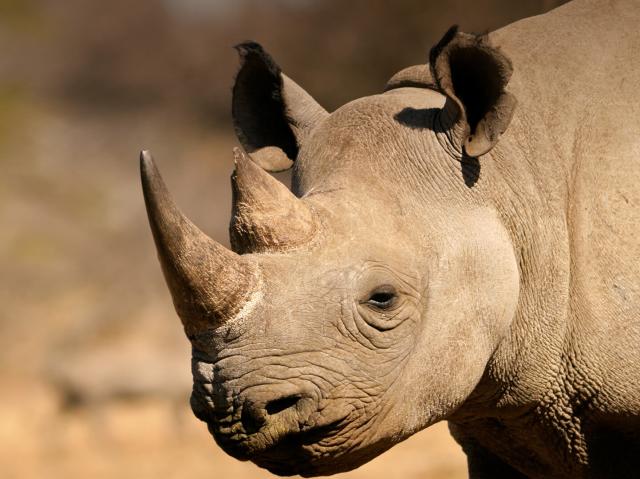
Scorpion

- CLASS: Arachnida (Arachnids)
- ORDER: Scorpiones
- FAMILIES: 13 to 20
- GENERA: 170
- SPECIES: 1,500 have been classified, but there may be as many as 2,000 worldwide; over 40 can be found in the United States

ABOUT
Scorpions strike terror in many people and have been both hated and admired since ancient times. This is probably due to their fearsome look, with pincers called pedipalps at one end and a stinger filled with venom at the other. Scorpions are not insects but arachnids, like spiders, and have eight legs and two main body regions, the prosoma, or cephalothorax, and the opisthosoma, or abdomen. The prosoma has two eyes on top and two to five lateral eyes along each side (as many as five pairs).
Even with all those eyes, scorpions can't see very well! Yet the sensitivity of their eyes is among the highest in all arthropods and dependent on the kinds of habitats in which they live. In general terms, however, their eyes mostly tell movement and light from dark.
The scorpion's four pairs of legs are attached to the prosoma as well. Scorpions find their way through sensory structures in their legs, by feeling along with brush-like structures called pectines attached to the underside of the abdomen, and through fine sensory hairs to detect vibrations. Male scorpions also use the pectines to find an available female, and newborn scorpions use them to recognize their mother. Though scorpions have no true “tail,” the appearance of one on the abdomen is called the metasoma, and it ends with a sharp stinger and venom glands.
Scorpions have been on Earth a long time and are among the first animals to have adapted to land living—around 420 million years ago. There are fossil records from that time period of a marine scorpion that grew up to 3.3 feet (1 meter) long! Today, scorpions use book lungs to breathe, a type of breathing organ also used by some spiders and very similar to gills.
Scorpions are numerous in many regions but are rarely seen, due to their nocturnal and secretive nature. Even so, many cultures have myths involving scorpions and their powers. Some people believe that scorpions commit suicide by stinging themselves when threatened by fire. This is not true, as they are immune to their own venom.
In Africa, it is a widely held belief that a dead scorpion attracts all the other scorpions in the area. This is also not true, as scorpions usually hunt live prey, and they do not seek out other scorpions except to mate. In Egyptian mythology, the goddess Isis was linked with scorpions, as she was a symbol of a devoted mother, and scorpion mothers protect and carry their young on their backs.
HABITAT AND DIET
Scorpions are found on every continent except Antarctica, in habitats ranging from tropical rainforests to grasslands and deserts. As adults, most scorpions are nocturnal and solitary, usually staying in the same territory throughout their lives. Many live in burrows they dig or claim and defend from other wildlife. Scorpions use the burrows and other types of shelters to hide from predators and to stay cool during hot days and warm during cold nights. Their burrows are typically small and snug. Scorpions that do not burrow may climb trees or hide under bark or leaf litter for shelter.
Scorpions use different ways to get a meal, which may be an insect, spider, or even a small mouse or lizard. Many wait by their burrow with pedipalps open and stinger raised until their unsuspecting prey wanders by. Others forage for their prey, and some even dig pitfall traps in the sand for prey. Scorpions have such sensitive hairs on their pedipalps that they can even locate and snap up an insect in flight. Once the prey is within reach, it is grabbed with the pincers and crushed. Most scorpions use their venomous sting only if needed, as it takes a lot of body energy to produce more venom. Younger and smaller scorpions may use their stinger more often than older and larger ones.
Scorpions have a very tiny mouth and can only suck up liquid, so prey that is caught is mashed up and bathed in enzymes that dissolve the prey's insides, a process that may take up to an hour. Scorpions don't eat every day like we do, and in drier habitats, they have been known to go without food for up to 12 months, as long as they have water. Usually, scorpions find a meal at least every two to three weeks and play an important role in their ecosystem by keeping insect populations low.
Scorpions may have as many as 45 different toxins in their venom. Some toxins are more useful on insects, some on crustaceans, and some on vertebrates. Scorpions use their venom to subdue their prey and for protection. Their predators include centipedes, shrews, owls, bats, hornbills, and coyotes. Some predators, like meerkats and mongooses, are immune or resistant to their venom.
A scorpion's first sting is made up of different toxins than later stings. The first is usually strong enough to stun a vertebrate prey or predator; later stings are usually milder or used on invertebrates. All scorpions have venom, but of the 1,500 or so species, only about 25 are considered life threatening to humans, and only 2 of those are found in the US. The sting of most scorpions is enough to kill an insect or spider but is merely painful to humans, like a bee sting. Few stings are fatal, but allergic reactions can happen. A physician should treat scorpion stings to ensure the patient recovers safely.
FAMILY LIFE
A male may leave his home territory to seek out a female by searching for her scent. Mating rituals vary from species to species, but in general, if the female is interested, the male begins a courtship dance: he grasps the female's pedipalps and turns her in circles, moving her back and forth. The two raise their metasomas over their back, sometimes touching them together, sometimes gently bumping each other without stinging in a behavior called clubbing. This dance may last from a few minutes to hours. The male feels the ground with his pectines for a flat surface to deposit his packet of sperm, called a spermatophore. He then brings the female over to the packet, which she pushes into her genital opening. The male will then usually leave, because the overly aggressive female might decide he'd be a tasty snack!
One species, the devil scorpion from Brazil, is capable of reproducing by parthenogenesis, meaning the female doesn't need a male to fertilize her eggs.
Unlike most other invertebrates, female scorpions give birth to live young 2 to 18 months after mating, depending on the species. The babies resemble miniature adults, except that they are usually white and soft bodied and cannot sting or feed. The newborns immediately climb onto their mother's back, where they remain for several days until their first molt. During this time, they absorb a nutritious yolk sac and are fiercely guarded by their protective mother.
After their first molt, the young typically disperse. In some scorpions, the mothers kill a prey item and leave it for her babies, and in these scorpions the young (not surprisingly!) stay with Mom as long as two years. This is a tricky time for the young, however, because if the mother gets hungry, she may no longer recognize them as hers and might eat them! After that first molt, the young scorpions leave to establish territories of their own. The average time to maturity is between two and three years, with some species maturing in six months and some taking almost seven years!
CONSERVATION
Many scorpions are threatened by habitat loss and over-collection in their natural habitats. The Convention on International Trade in Endangered Species, or CITES, develops multi-national conservation agreements in an effort to limit the potential for extinction of wildlife that are part of international trade. Special permits are now required to bring emperor scorpions Pandinus imperator into the United States and other participating countries; this helps control the numbers that are collected from natural habitats.
We recommend keeping your hands off any scorpions, for your safety—and theirs. Now that you know more about scorpions, we hope you'll remain cautious but not fearful of these interesting arachnids!
By supporting San Diego Zoo Wildlife Alliance, you are our ally in saving and protecting wildlife worldwide.
LIFE SPAN
5 to 25 years, depending on species
YOUNG
Number of young at birth: 1 to 105 over a period of several weeks, depending on species
Age of maturity: 6 months to 7 years, depending on species
SIZE
Length: Longest - flat-rock scorpion Hadogenes troglodytes, up to 8.2 inches (21 centimeters); smallest - Middle Eastern scorpion Microbuthus pusillu, 0.25 inches (6.5 millimeters)
Weight: Heaviest - emperor scorpion Pandinus imperator, up to 2 ounces (60 grams)
FUN FACTS
Much like crickets, some scorpions “sing” by rubbing their legs together. However, unlike crickets, it is thought that the song is used as a warning call instead of a call to attract a mate.
Scorpions can easily be seen at night with an ultraviolet light due to a fluorescent material found in their hard outer covering, which gives them a "glow-in-the-dark" appearance.
In high temperatures, scorpions may stilt, or raise their body off the ground, to cool off their underside.



